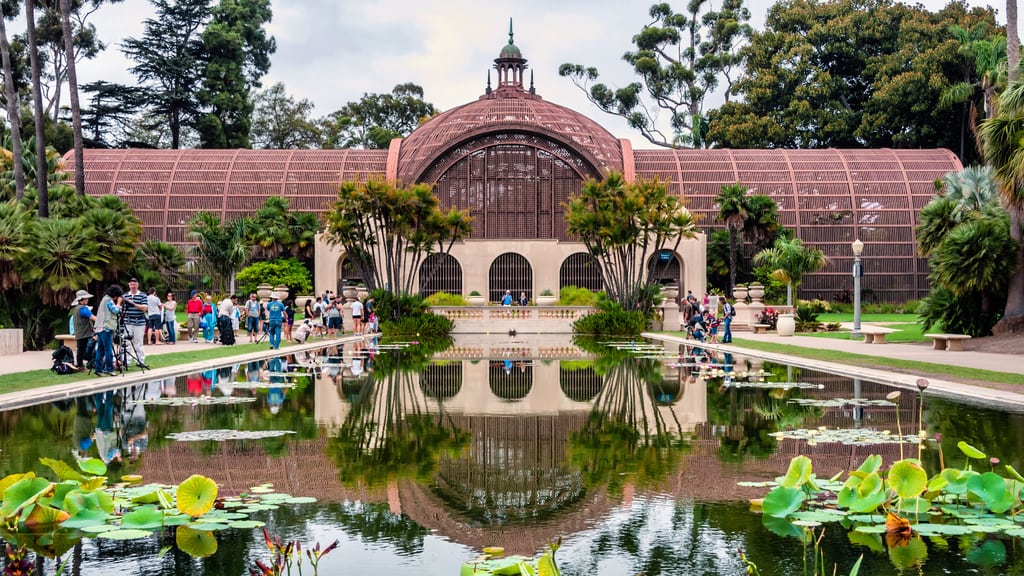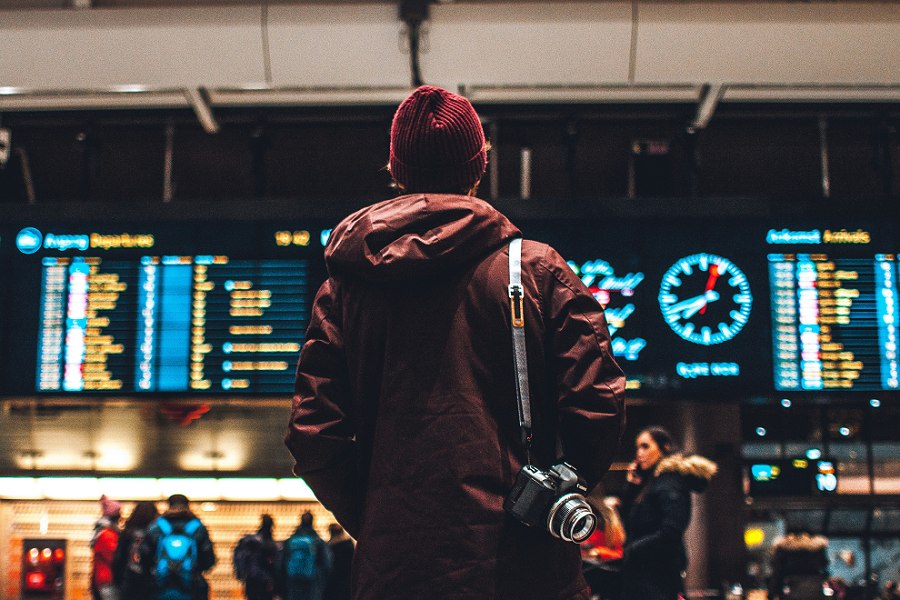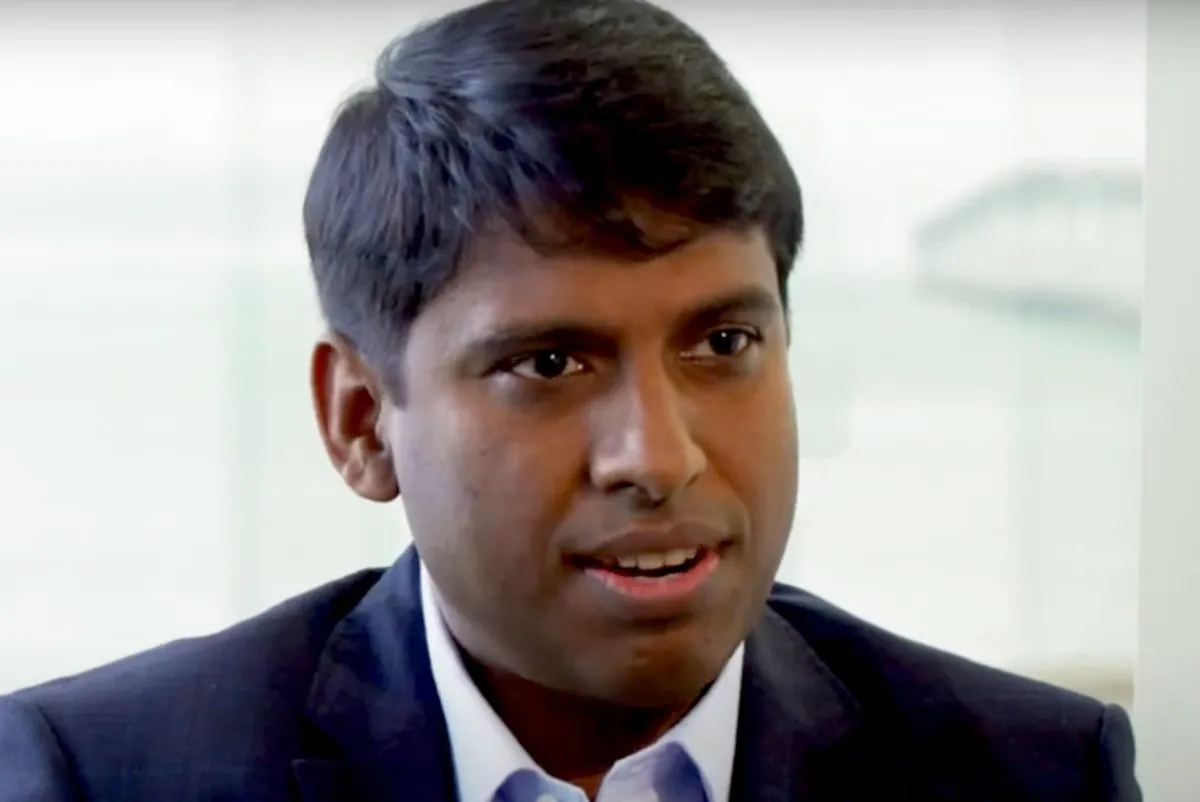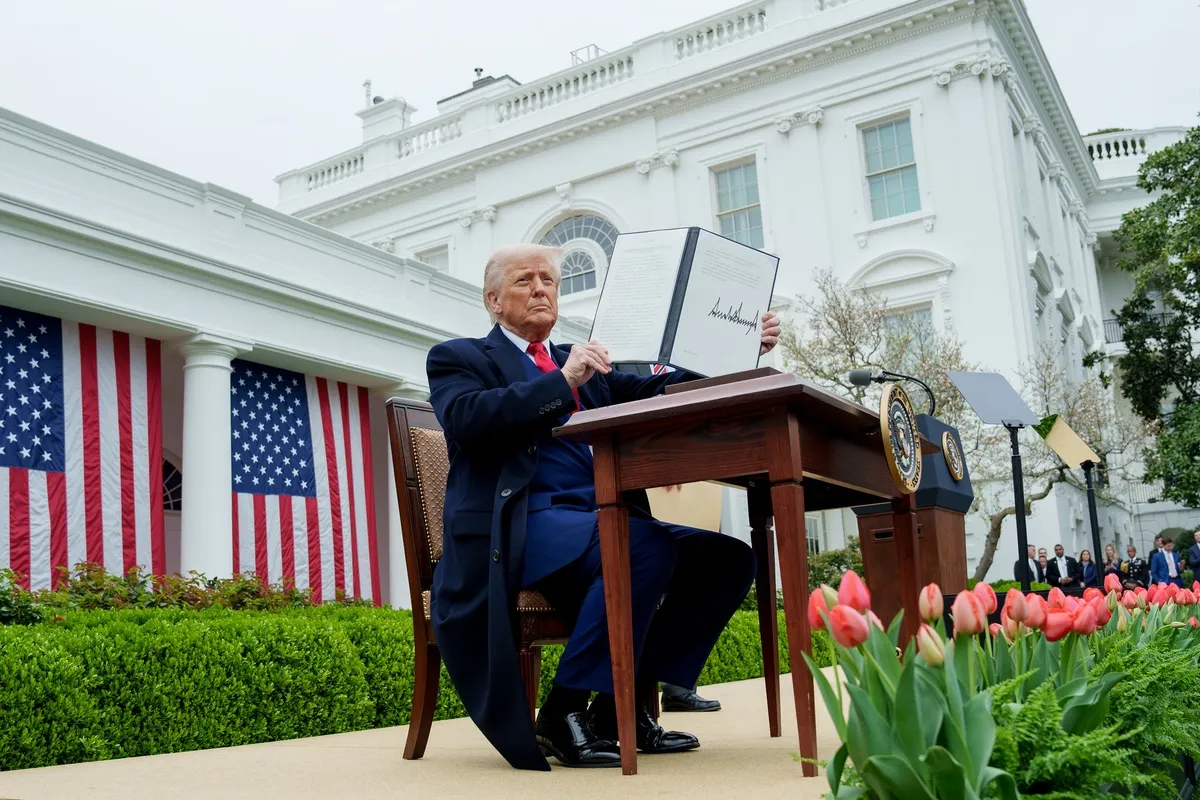Public Parks in U.S. Cities Find New Ways to Market to Locals and Tourists

Skift Take
Taking a break from a city’s hurried pace can be as easy as visiting a public park, and city parks throughout the U.S. are finding new ways outside of social media to engage with tourists and locals and get them to visit.
Finding a brand that doesn’t rely heavily on social media is challenging, but for some public parks, word-of-mouth marketing is still the biggest tool for getting visitors through park gates.
Brad Meyer, a spokesperson for St. Paul, Minnesota parks and recreation, said a key change this year in the city’s marketing strategy is focusing on grassroot initiatives, such as free outdoor fitness classes in parks, more than free social campaigns on Facebook.
“Due to Facebook’s algorithm change, we no longer can just post something for free and hope that it spreads based on our large following base,” he said. “Rather, we have to be strategic and often rely upon earned media to get the word out.”
However, social media continues to be important for parks, such as Balboa Park in San Diego, a non-profit park that also works with the city’s park and recreation department to help with marketing. Basedon data from the National Recreation and Parks Association (NRPA), 75% of tourists polled in the park said visiting Balboa Park is the primary reason for coming to San Diego, with 20% of tourists polled outside the park within San Diego saying they plan on visiting the park. These numbers prove how parks can be driving forces for tourism in a city.
“We also work with the other park organizations to try to insure that 'Balboa Park' is included as the location of their organizations in any outreach they might do,” said Debbie Petruzzelli, a spokesperson for the park.
Petruzzelli also said the park recently advertised in Sunset Magazine to reach a national audience.
Parks are known as fun, free places to go for families, and instead of competing with attractions that charge admission, parks like Balboa and St. Paul’s work symbiotically with them.
“We don’t like to compete, rather we like to supplement what other attractions are offering,” said Meyer. “For example, if visitors are coming for a show at the Ordway Theater, we want to be sure the park space and surrounding public plaza areas are clean and accepting to them if they choose to stop by.”
The NRPA awarded its “Outstand Marketing” award this year to the Fairfax County Park Authority in Fairfax County, Virginia.
“The award is given to the park and recreation agency who has significantly contributed to the public's increased awareness and recognition of public parks and recreation through a marketing campaign and communications,” says Lauren Hoffmann, a spokesperson for NRPA.
The park authority couldn’t be reached for comment.
Locals vs. Tourists
Tourists usually come armed with money to spend, but that doesn’t mean locals looking for cheap, family fun are slighted by parks’ marketing departments. Many of these parks strive to maintain a predominant, local demographic while also welcoming visitors. For St. Paul’s parks, NRPA found 45% of visitors are from outside the city residing in the metro area, and 7% are from outside the metro area.
“For locals, we focus on building awareness at a much more detailed level about smaller community events, classes and activities, new or available amenities (like fitness rooms) and service opportunities,” said Meyer. “For tourists, we focus on building very broad awareness about available options, large events, and telling the story of why St. Paul is a great destination for a visit.”
Balboa Park’s events are local-oriented and not typically marketed to a national audience but include large and small events, says Petruzzelli. Events are meant to increase awareness of the park and its offerings, as 65% of visitors to the park are first-timers, per NRPA data. The events include the largest community festival in San Diego with 350,000 attendees and two family days each year, when admission to museums in the park is free for children.
Constant stimulation is perhaps the main ingredient for winning tourists’ and locals’ satisfaction, and parks realize their future success depends on this. Balboa Park, in partnership with the Balboa Park Online Collaborative, are installing free public Wi-Fi throughout the park this year, and beginning a “wayfinding” project that will help visitors locate things in the park on their devices.




